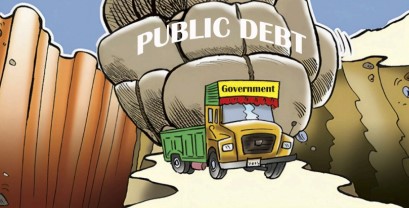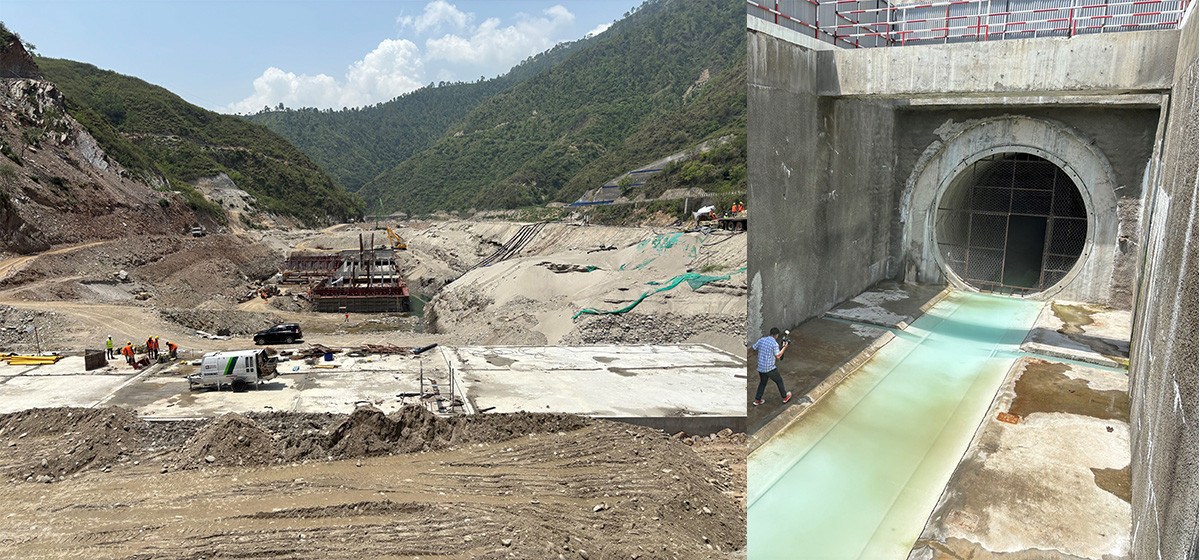KATHMANDU, June 1: The production of timber and firewood, as well as revenue generated from forest-based resources, according to the latest data released by the government, has been declining, while forest coverage has continued to increase. Despite this trend, the government has maintained its policy to promote the proper utilization of forests and increase timber production.
The Economic Survey for the Fiscal Year (FY) 2025/26, made public prior to the budget presentation by Finance Minister Bishnu Paudel for the upcoming FY, shows a drop in timber production compared to the previous year.
As per the survey, by mid-March 2025, a total of 22 million cubic feet of timber had been produced. In the same period of the previous year, the production was 24.718 million cubic feet. Similarly, in FY 2023/24, a total of 37.634 million cubic feet of round timber was produced from both private and national forests.
Green Growth, Growing Gaps: Nepal’s forest cover soars 46%, but...

In FY 2022/23, timber production stood at 31.8 million cubic feet. By mid-March 2025, a total of 16,240 stacks of firewood had been produced from forests. In contrast, 48,474 stacks of firewood were produced in FY 2023/24.
According to the survey, revenue collected from forest areas by mid-March in the current FY amounted to Rs 1.68 billion. In FY 2023/24, the total forest-based revenue stood at Rs 6.88 billion. This revenue comes from entrance fees to protected areas, the sale of timber, firewood, medicinal herbs, and other non-timber forest products from government-managed forests, as well as fines and penalties.
Experts argue that the forest sector has not been utilized properly or scientifically, which they believe is the main reason behind the continuous decline in timber and firewood production, as well as revenue from forest resources.
Forest coverage in Nepal has been increasing steadily over the years. According to the Ministry of Forest and Environment (MoFE), as of 2024, forests cover 46.08 percent of Nepal’s total land area. Back in the 1990s, forest coverage was 39.6 percent. It increased to 44.74 percent in 2015 and 45.31 percent in 2019.
Nepal has an average of 0.2 hectares of forest per person. Based on the country’s topography, the highest forest coverage is found in the Chure region, accounting for 73.68 percent of the area. In contrast, the lowest coverage is in the high Himalayan region, with only 3.41 percent forest area.
According to the MoFE, Nepal currently has 6,399,341 hectares of forest area and 397,916 hectares of shrub and bush-covered land. Of this, forests account for 43.38 percent, while shrub and bushland make up 2.70 percent of the total land area.
Nepal has 34,420 square kilometers of protected forest areas, which constitute 23.4 percent of the country’s total land. Under forest conservation programs, 194,156 hectares of forest have been managed so far.
By mid-March, a total of 23,601 Community Forest User Groups (CFUGs) were managing 2,508,326 hectares of forest land across the country.





































